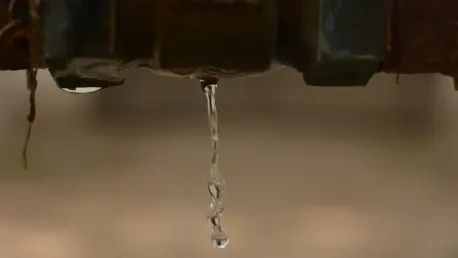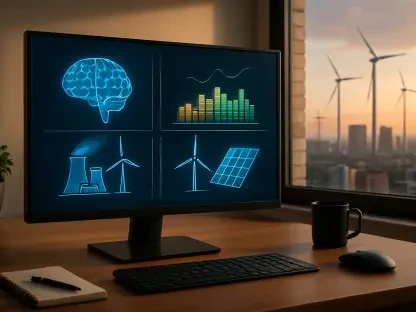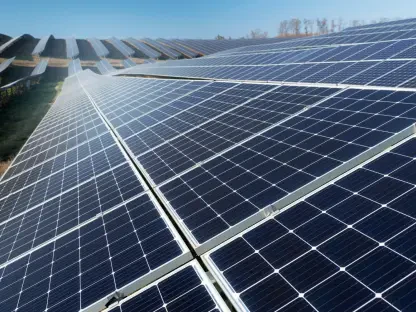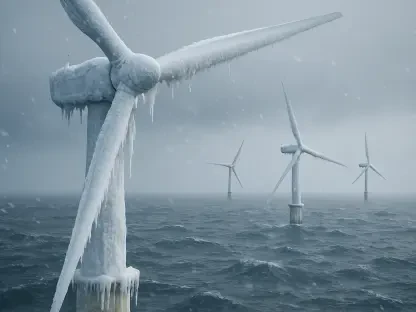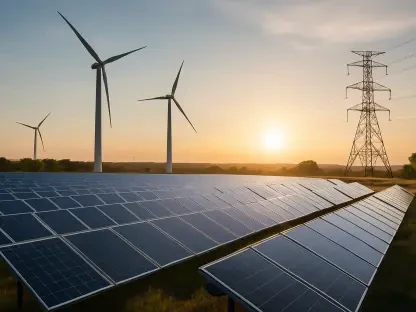Underground water leaks present a significant challenge for water utilities. They can lead to substantial water loss, increased operational costs, and regulatory penalties. Southern Water has been under scrutiny for its water wastage issue and aims to reduce leakage by 32% by 2030 as mandated by Ofwat. This guide explores best practices in innovative leak detection, spotlighting Southern Water’s strategic methods and technologies, to offer insights into effective water conservation and management.
Understanding Underground Water Leaks
Water leakage from underground pipes can seriously impact a utility company’s resources, finances, and reputation. Southern Water has faced criticism over this issue, with high expectations set by regulatory bodies to significantly reduce leaks. Addressing these hidden leaks is crucial not only for compliance but also for maintaining service quality and conserving this essential resource.
Recent years have highlighted the urgency of tackling this issue as water shortages and conservation efforts become more crucial. This has put additional pressure on utilities to find and fix leaks efficiently. Southern Water’s focus on reducing leakage highlights both the ongoing challenge and the imperative need for effective solutions.
The Role of Innovative Leak Detection
To combat these leaks, adopting innovative detection strategies is vital for water utilities. These technologies can conserve vast amounts of water, ensure regulatory compliance, and enhance customer satisfaction by maintaining a steady and reliable service. Innovations in leak detection mean water companies can maintain infrastructure integrity while minimizing the impact on the environment and resources.
Traditional methods often fall short in accurately pinpointing leaks, prompting the need for more advanced and precise solutions. By implementing state-of-the-art detection technologies, utilities can significantly improve their ability to identify and resolve leaks quickly. This proactive approach helps in efficiently managing resources and reducing unnecessary water loss.
Implementing Progressive Detection Techniques
Traditional Methods Versus Innovative Approaches
Traditional leak detection methods, such as listening sticks, have long been used in the industry. These devices rely on the skill of technicians to hear leaks, which often remain hidden as sound does not always travel directly from its source. Jon Harris, a leakage technician at Southern Water, exemplifies this approach, demonstrating how experts use these tools to tackle a daunting task where 90% of leaks go unnoticed from the surface. Despite their longevity, these methods require support from modern technology to enhance overall detection accuracy.
Technological Advancements in Leak Detection
Modern technologies, such as acoustic loggers and data analytics, are crucial in refining leak detection processes. These tools allow for monitoring water flows extensively, helping experts identify anomalies that may point to leaks. Southern Water utilizes acoustic loggers, which can narrow down potential leak sites by analyzing sound data patterns. Although these tools are not foolproof, they significantly improve the ability to anticipate leaks and allocate resources effectively.
Cutting-Edge Solutions for Precise Detection
Southern Water is exploring more advanced solutions to enhance detection precision, such as cameras within pipes, dogs trained to sniff chlorine, dark fiber optics implemented to detect noise through laser technology, and even micro satellites for surveillance. These pioneering technologies represent a substantial leap forward in identifying hidden leaks, with each tool offering unique advantages in specific situations. Testing innovative solutions in places like Southampton showcases their potential, even when conventional techniques struggle.
Conclusion and Future Directions
Southern Water’s innovative efforts to combat underground leaks through advanced detection methods have illustrated considerable potential in improving water management. These efforts suggest the proactive adoption of new technologies can lead to significant strides in enhancing regulatory compliance and customer satisfaction. As these technologies evolve, they offer immense prospects for long-term sustainability and water conservation, ultimately benefiting both the utility sector and the broader environment. Future engagement with these solutions can facilitate better resource allocation and management strategies for water utilities facing similar challenges worldwide.
